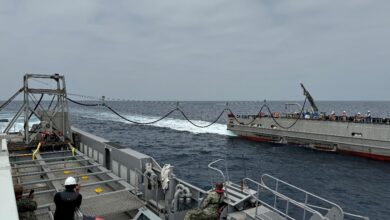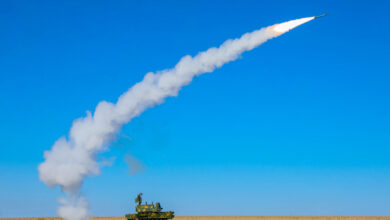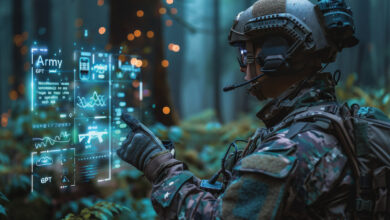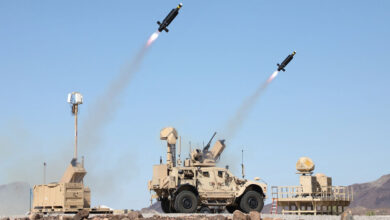Pentagon Seeking Tech to Avoid Plane Tracking
The US military’s Joint Special Operations Air Component is seeking a data-driven technology tool that can help them select planes that would avoid public attention.
The technology is being sought as online flight watchers have been able to follow sensitive aircraft movement through the aggregation and analysis of publicly available flight data.
Data-Driven Tool
According to a procurement document accessed by The Intercept, the Joint Special Operations Command wants the technology to “leverage historical and real-time data, such as the travel histories and details of specific aircraft with correlation to open-source information, social media, and flight reporting.”
The tool would inform officials of the scrutiny a specific aircraft has received in the past and how likely watchers would link the plane to special operations.
The information would help the command select an airframe least likely to arouse public curiosity.
Sketching out a hypothetical situation, the command wrote: “When determining if the planned movement is suitable and appropriate, the ‘Aircraft Flight Profile Management Database Tool’ reveals that the aircraft is primarily associated with a distinctly different geographic area,” which often serves as an indication to plane trackers that something noteworthy might be happening.
Additionally, the document continues, “‘tail watchers’ have posted on social media pictures of the aircraft at various airfields. Based on the information available [through the tool], the commander decides to utilize a different airframe for the mission. With the aircraft in flight, the tool is monitored for any indication of increased scrutiny or mission compromise.”
Discreet Flight
“It just gives them better information on how to blend in,” a longtime tail watcher and aviation photographer Scott Lowe told The Intercept.
“It’s like the police deciding to use the most common make of local car as an undercover car.”
Plane-tracking enthusiast Ian Servin added that the move accords with the military’s push to “minimize the visibility of its flights,” including the recent removal of tail numbers and other identifying marks from its aircraft.












